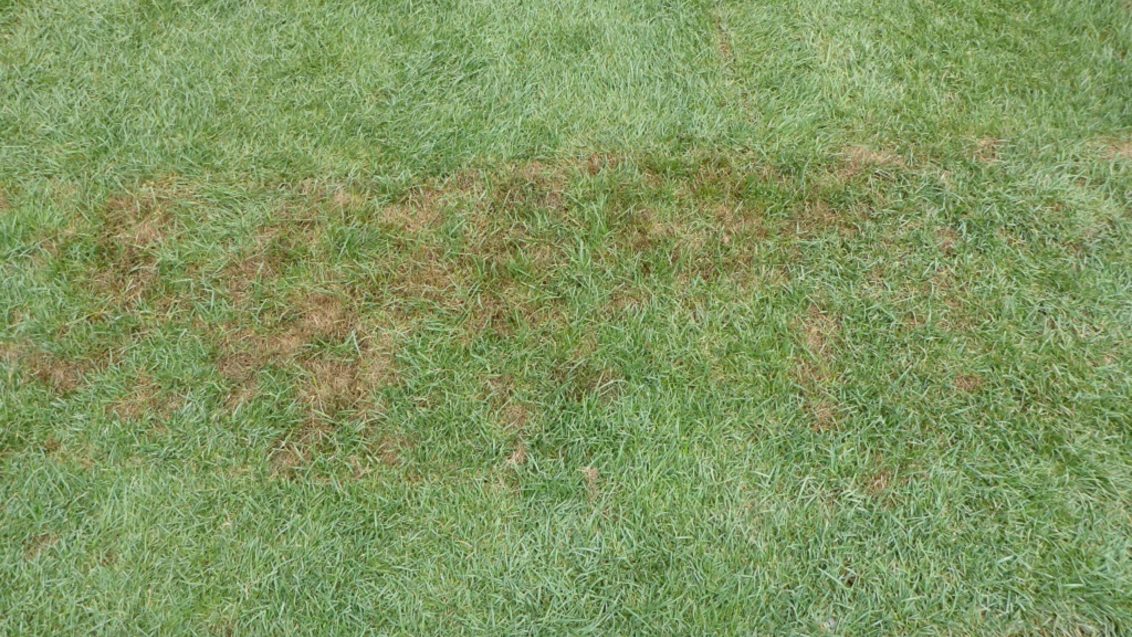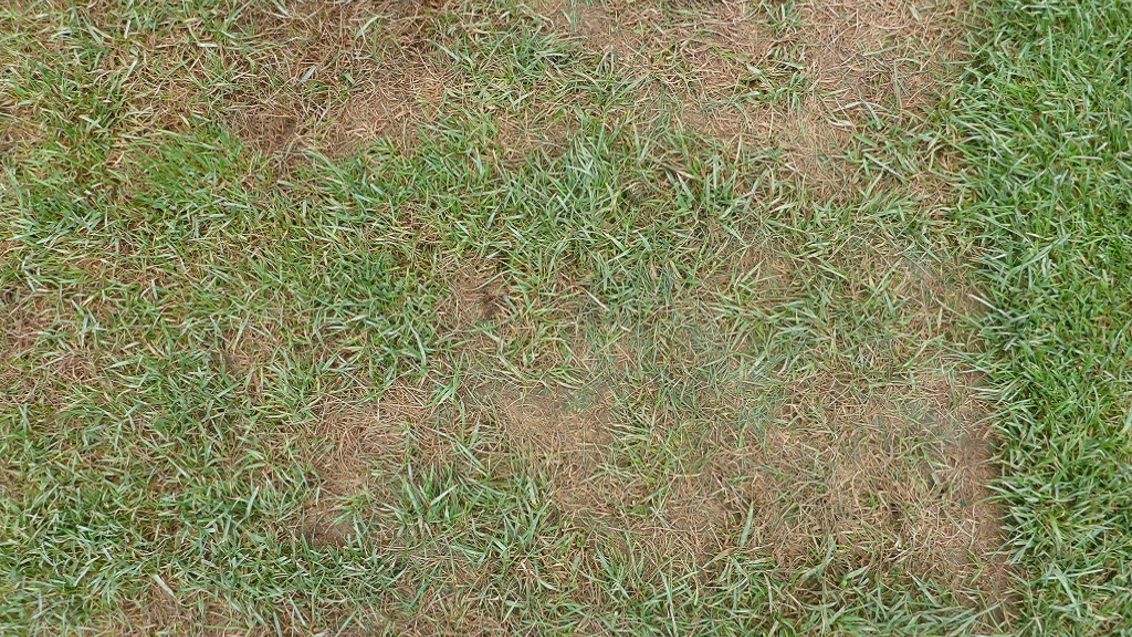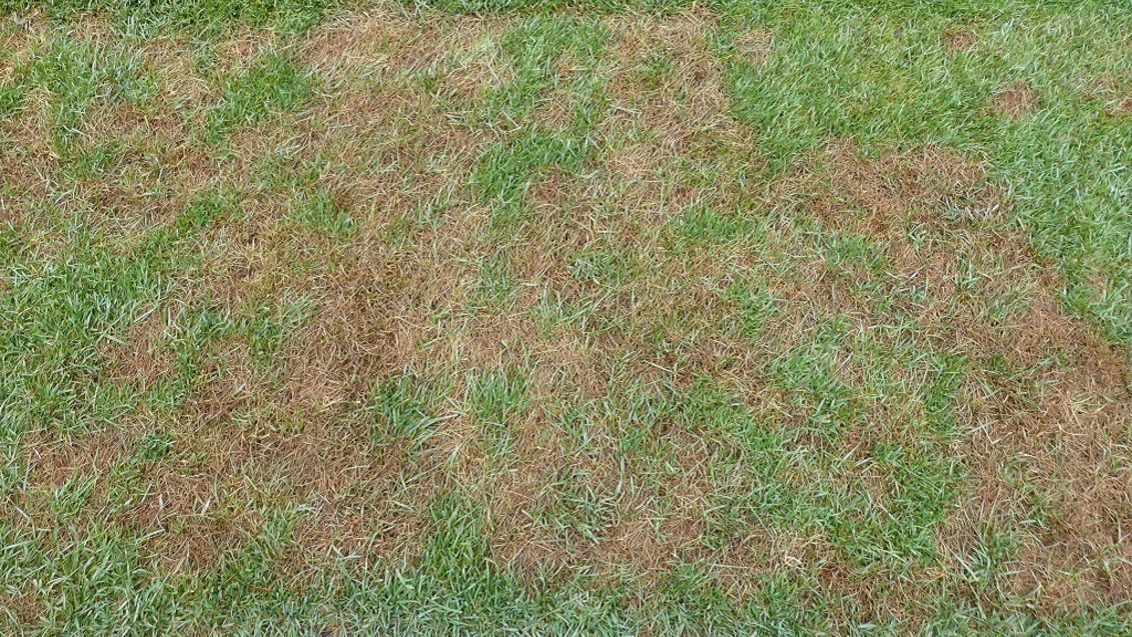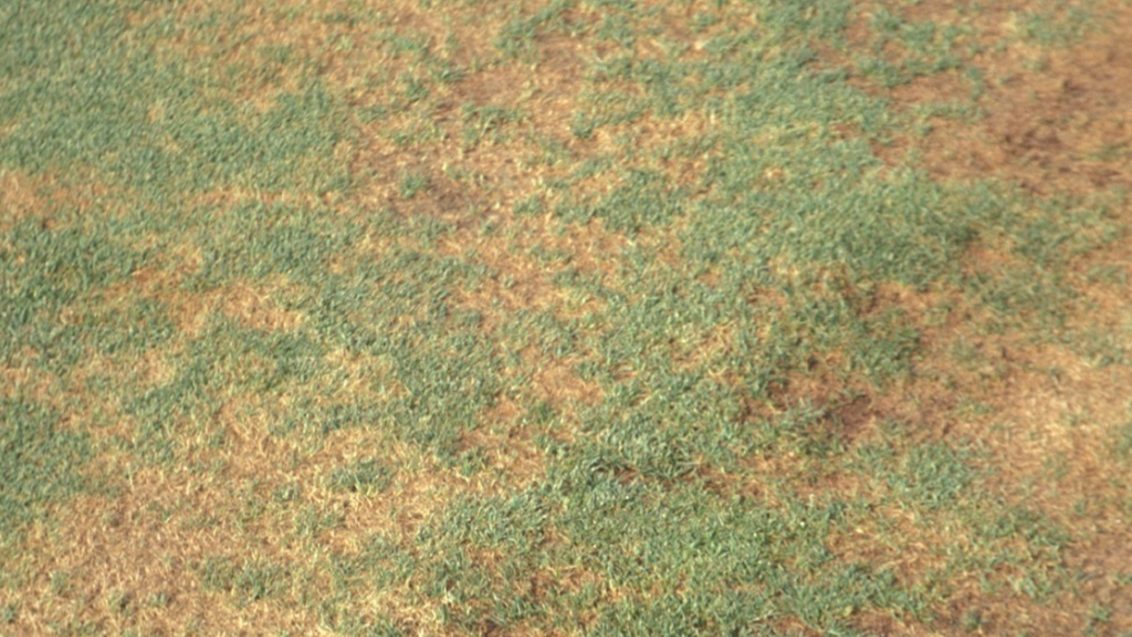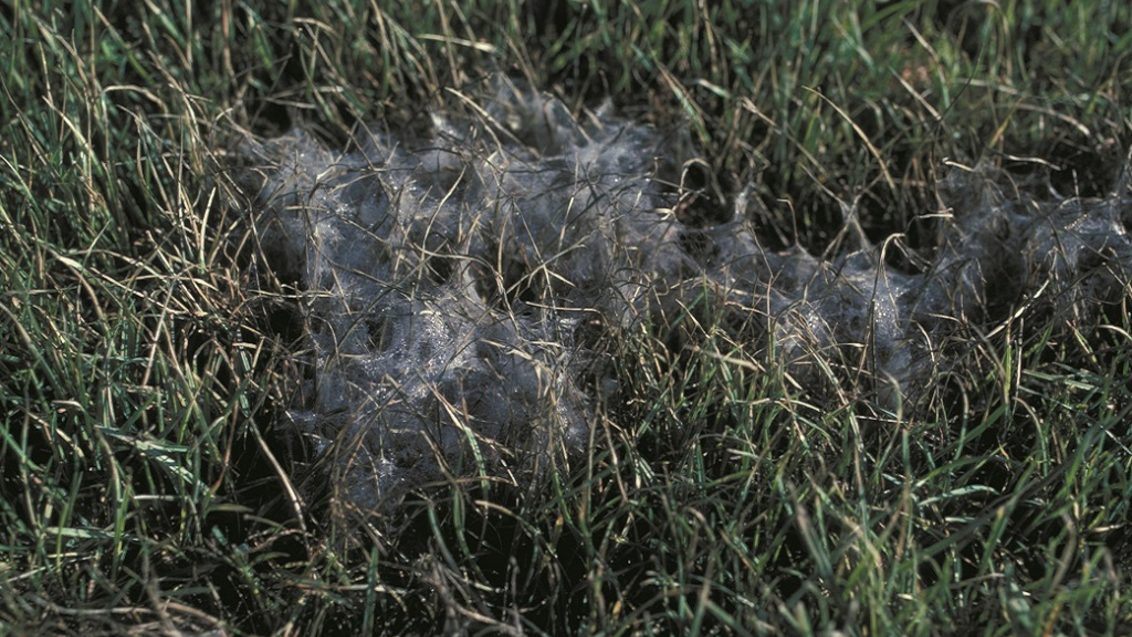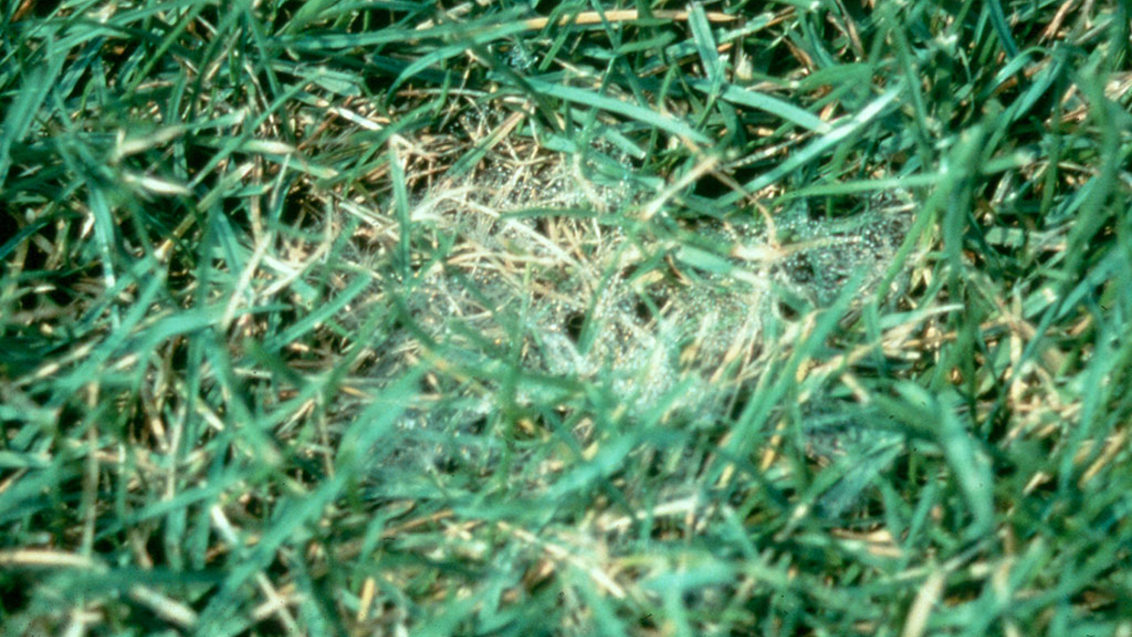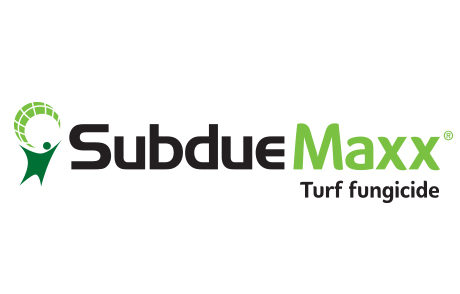Pythium Blight
Turf Disease
Susceptible turfgrass: All turfgrass species, especially annual bluegrass, perennial ryegrass, bentgrasses, and tall fescue and Bermuda grass.
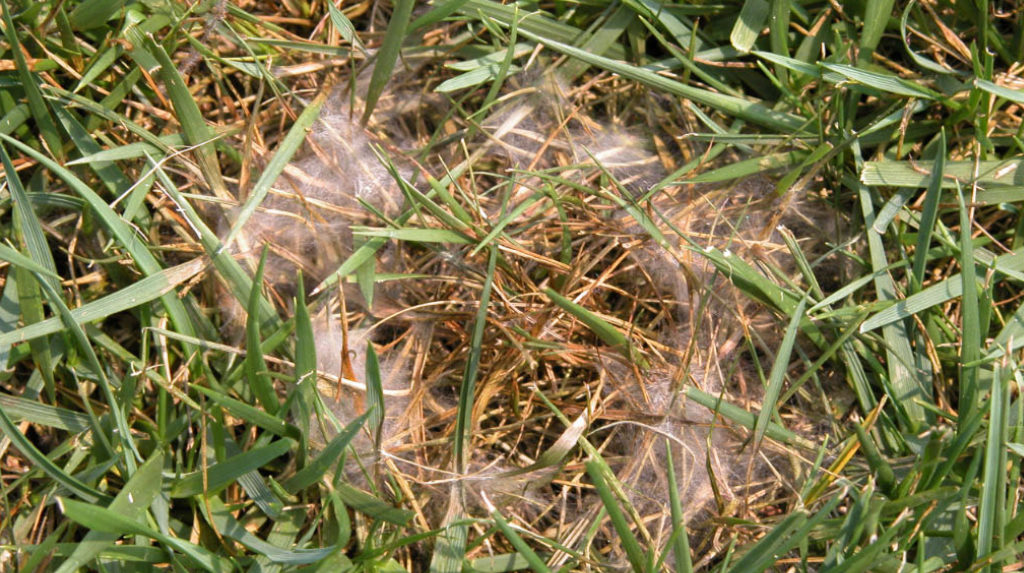
Symptoms
Pythium blight appears suddenly during hot, humid weather.
This disease causes greasy, brown circular spots that are initially about 2 cm to 5 cm in diameter and then rapidly enlarge in size.
The spots are water-soaked and dark-coloured early in the morning.
They also form fluffy white masses of fungal mycelium (cottony blight) and can coalesce to form large, irregular areas of dead turf.
Infected patches may appear brownish-orange in colour.
Conditions favouring disease
Pythium blight favours night temperatures of over 20°C. It occurs in areas that experience more than 10 hours a day of foliar wetness for several consecutive days. It is found in the wettest areas of turf and in areas with poor drainage and air circulation. Lush-growing turf growing under nitrogen fertilisation is particularly susceptible to the disease.
Integrated turf management
Avoid mowing wet turf when the foliar mycelium is evident to minimise spreading the disease.
Reduce thatch.
Avoid excessive nitrogen application during hot weather.
Increase air circulation to speed the drying process of the turf.
Minimise the amount of shade.
Irrigate turf early in the day. Avoid late-day watering.
Improve soil drainage.
Irrigate turf deeply and as infrequently as possible.
Use Subdue Maxx or Heritage for fungicidal control
Heritage has label recommendation for Pythium blight control in South Africa.

